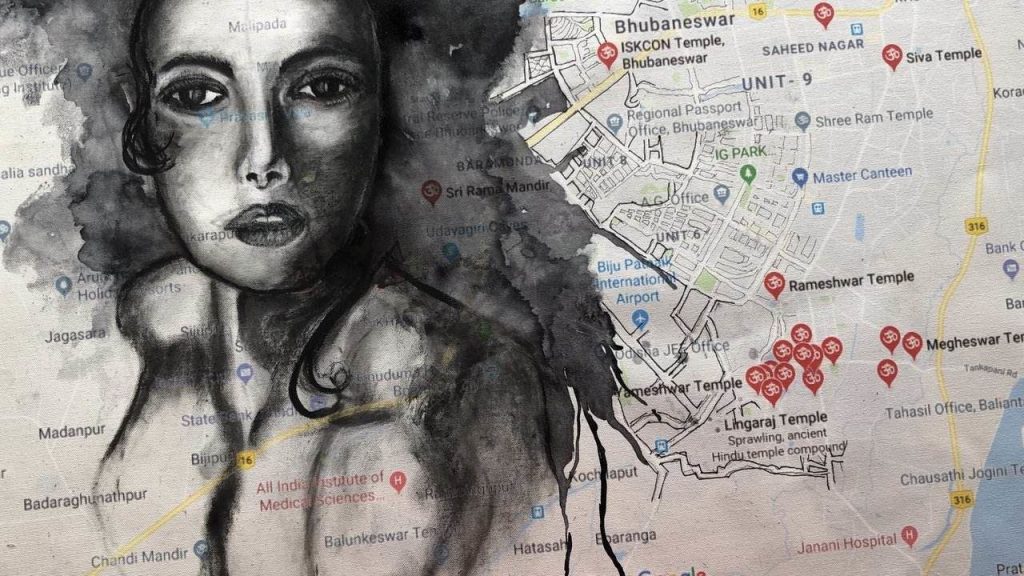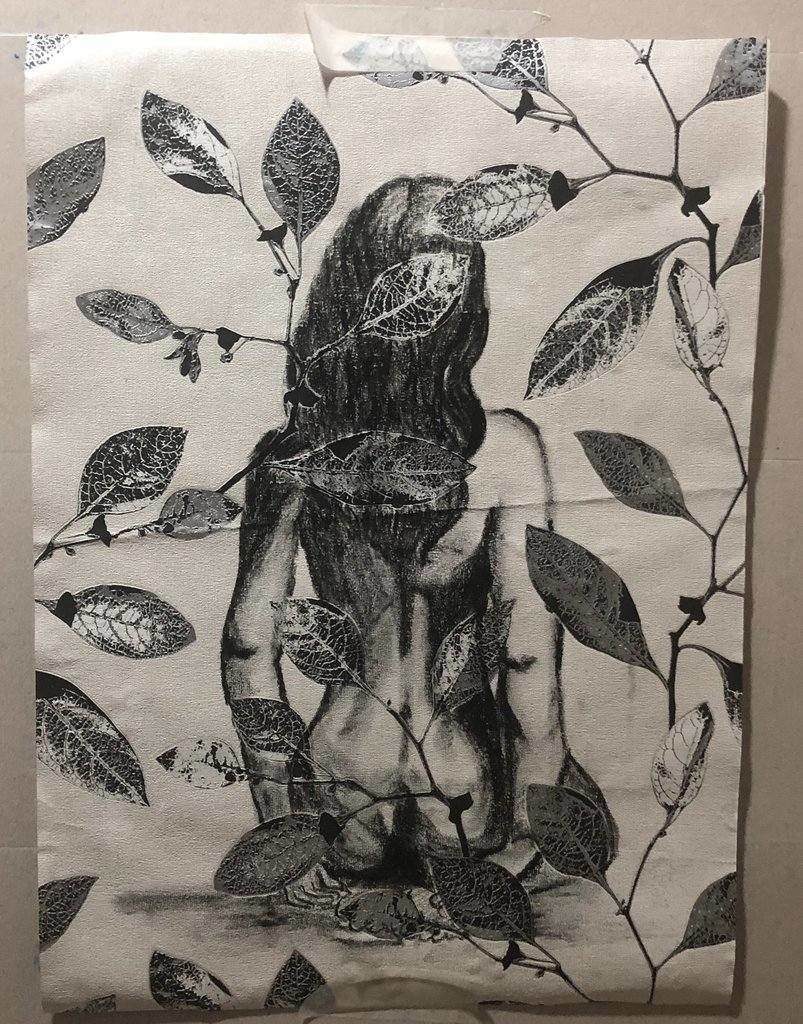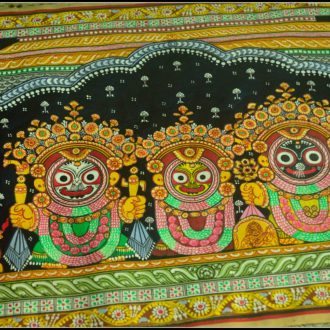Times Passion Trails – Fifteen favourite experiences in Odisha
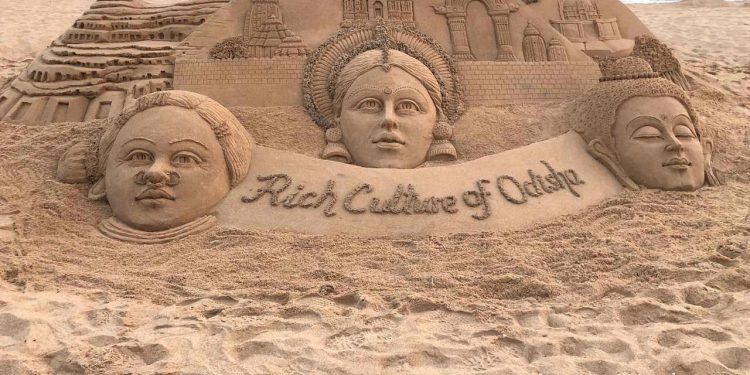
There is something special about curated travel trails. They literally bring a bus load of people from different walks of life bound by a common passion together and leave them with endearing memories from an unforgettable journey. In a week, strangers become friends as their passion for travel brings them closer. And that to me is the very essence of the Times Passion Trails who translate the tag line, Live what you love into memorable journeys. As a traveller, I am constantly travelling, but my trip to explore the cultural heritage of Odisha with Times Passion Trails, an initiative of the Times of India was special.
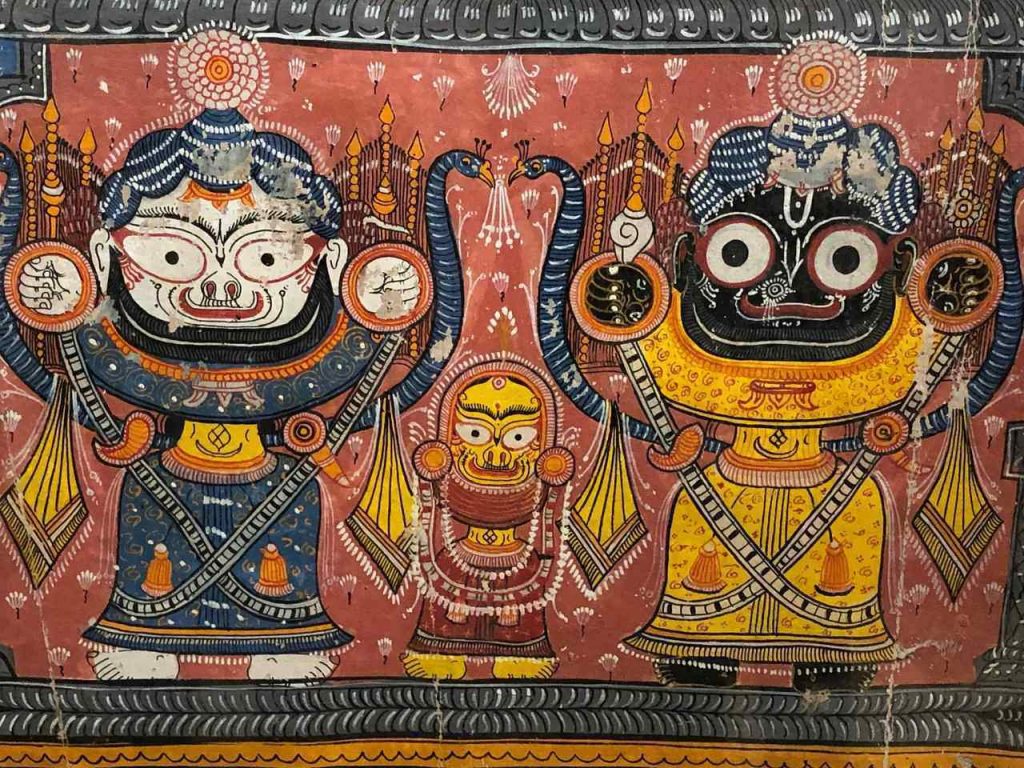
I had been to Odisha before but on this trip, I evolved into a knowledge traveller as our Experience Architect was none other than noted cultural historian and dancer, Navina Jafa. I travelled with real travellers who were dancers to doctors, homemakers to entrepreneurs, artists to engineers and was inspired by their love for heritage and culture. But it was the cultural heritage of Odisha that overwhelmed me – with its rich tapestry of culture, the influence of indigenous communities, its ancient Buddhist roots and the Jain connection.
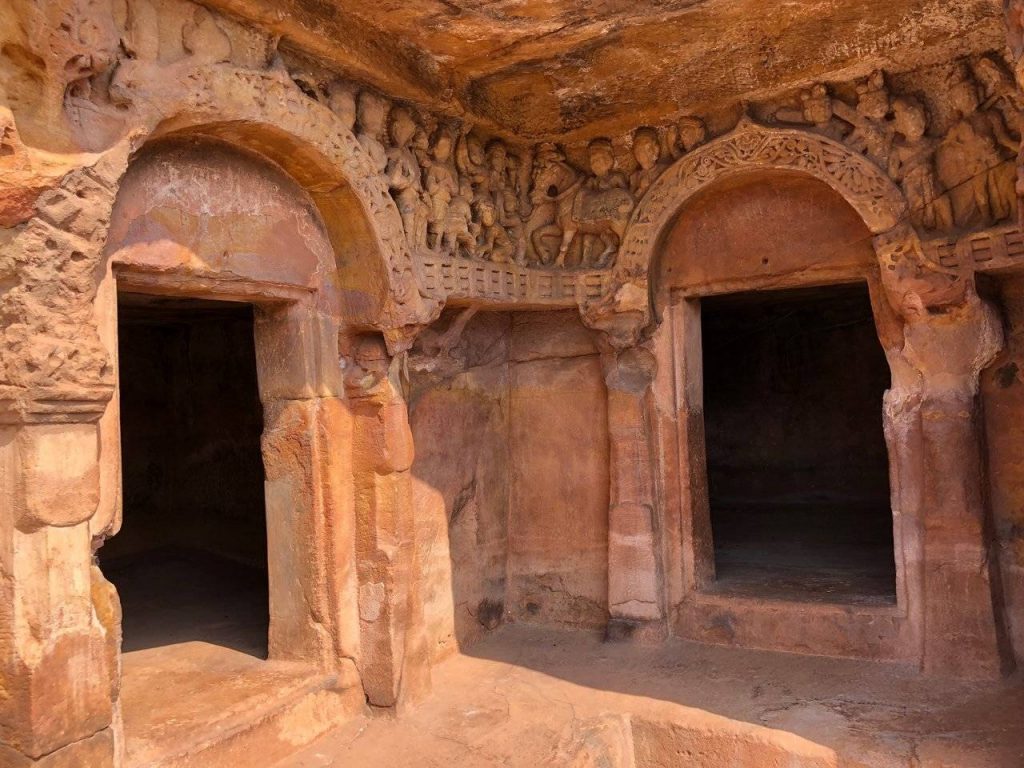
And Lord Jagannath with his siblings is all pervasive. It is not just about faith and devotion, but an entire economy has flourished around the deity – in art, crafts, architecture , paintings, sarees and even food. Looking back on my trip to Odisha with Times Passion Trails, I realized that travel is more about moments than just sights and sounds. And there are fifteen memorable moments from my tryst with Odisha’s traditional and cultural heritage.
A spiritual moment at Puri Jagannath temple
There can be nothing more serene and spiritual than the darshan of the larger than life deities of Jagannath and Balabhadra flanking Subadra in the Puri Jagannath Temple. The wooden deities carved out of logs of Neem tree stand there, dressed in bright orange and red hues. Our darshan here was arranged by the Times Passion Trail and we got a few seconds only with the deity but it felt like an eternity. After all, these deities are believed to be chiseled by none other than Lord Vishnu himself. I was just overwhelmed.
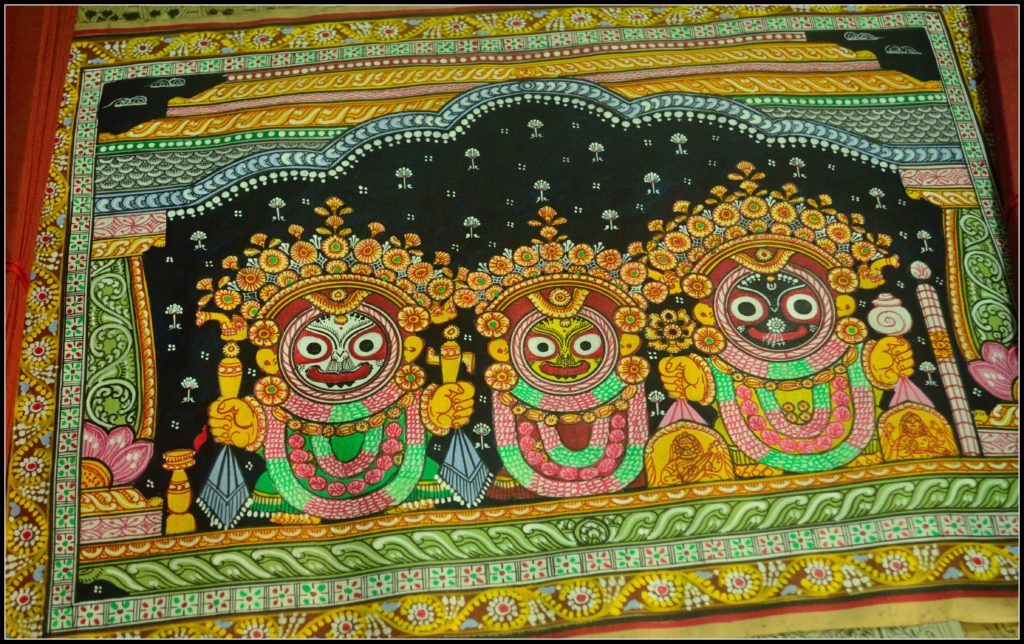
Pathachitra of the Puri deities
But it is not just the religious fervour alone that lures me to temples. The architecture, the history, the legends, the myths, the traditions and the quintessential “Indianness’ of these sacred shrines fascinate me. Spread over 400,000 sq feet, it was built on the ruins of an earlier temple by King Anantavarman Chodaganga Deva of the Eastern Ganga Dynasty. But legends say that the original temple was built by none other than Vishwakarma himself. After the darshan we had a tour of the kitchen as the deities love their Bhog. It is believed that 58 different food items are prepared for the deities and they have their favourites.
Gotipua dance at Raghurajpur
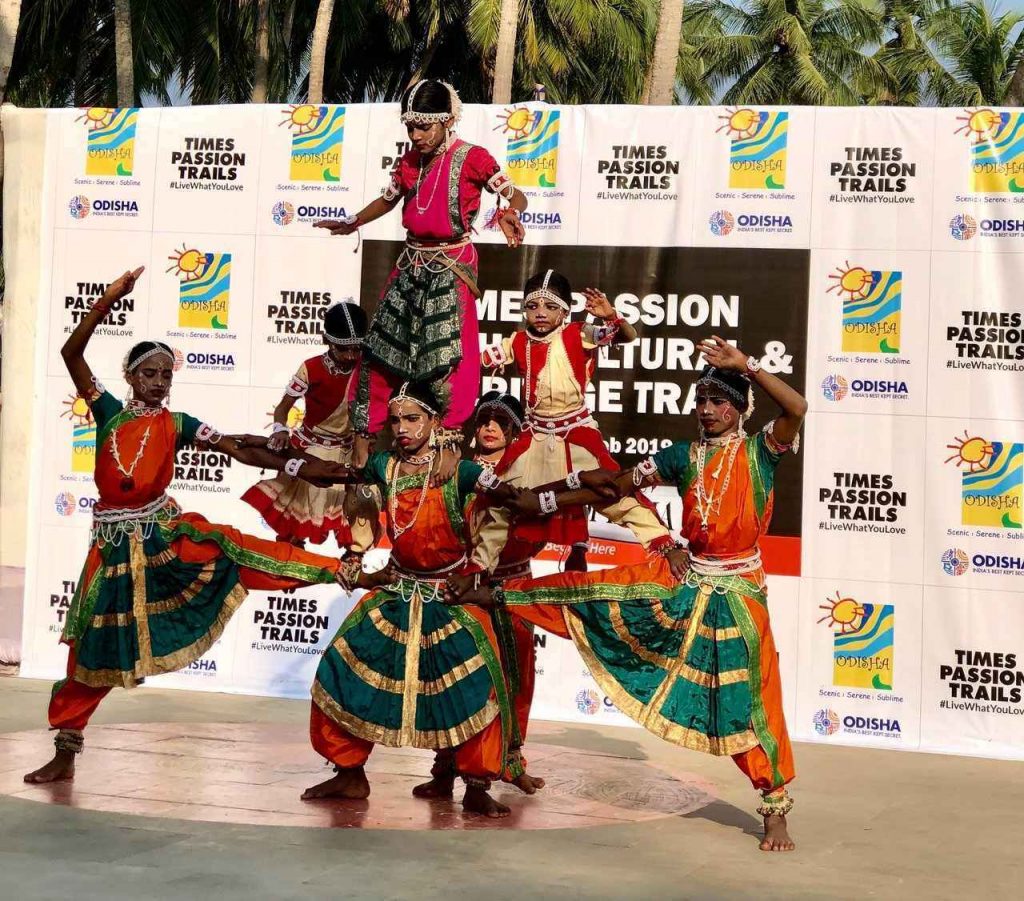
The entire atmosphere became colourful as soon as I entered the Heritage Crafts Village of Raghurajpur , one of the places to see in Odisha. A short drive of just 15 kms from Puri, I felt like I had stepped into a virtual art gallery. Every house was a museum and every person living here was an artist. Raghurajpur, is synonymous with the Patachitra – pata means cloth and chitra means painting. Almost every artist here is a Chitrakaar who has been learning the craft since he or she is a child. Raghurajpur is one of the destinations that represents the cultural heritage of Odisha
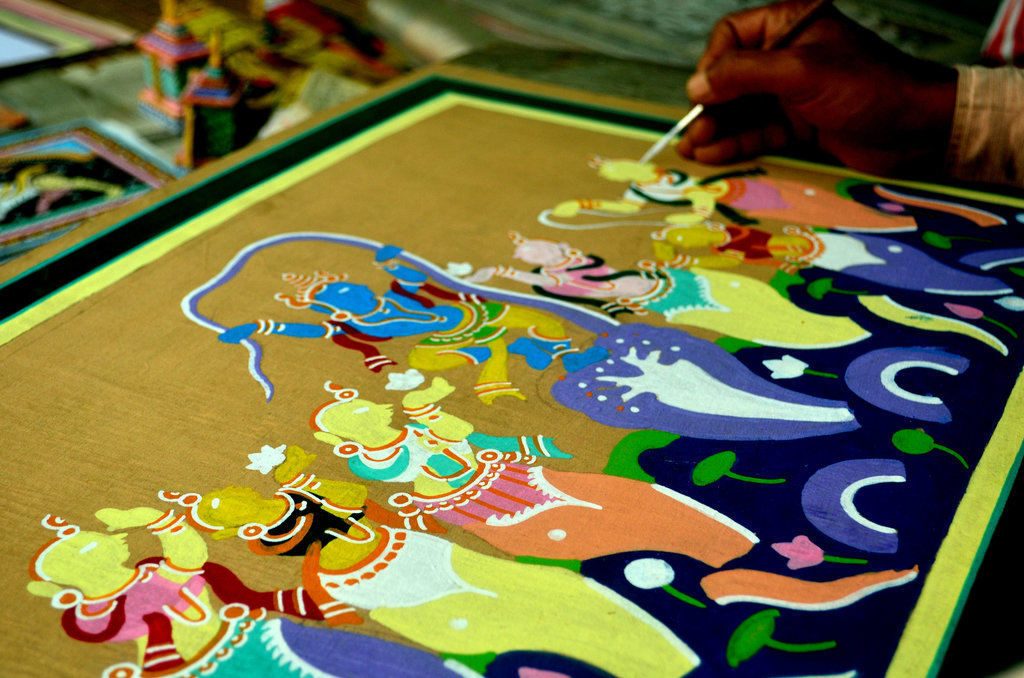
A patachitra in progress
But talking about children, I was fascinated by the Gotipua dance, one of the traditional dances of Odisha. However it is performed by young boys and not girls. Most of these boys are trained in a Gurukul and they stay here until they reach adolescence. Jagannath and Krishna inspire the dancers. Gotipua was a precursor to the Odissi dance and even the maestro, Kelucharan Mohapatra , who is from Raghurajpur was a Gotipua dancer . The dance with so many acrobatic postures literally took my breath away.
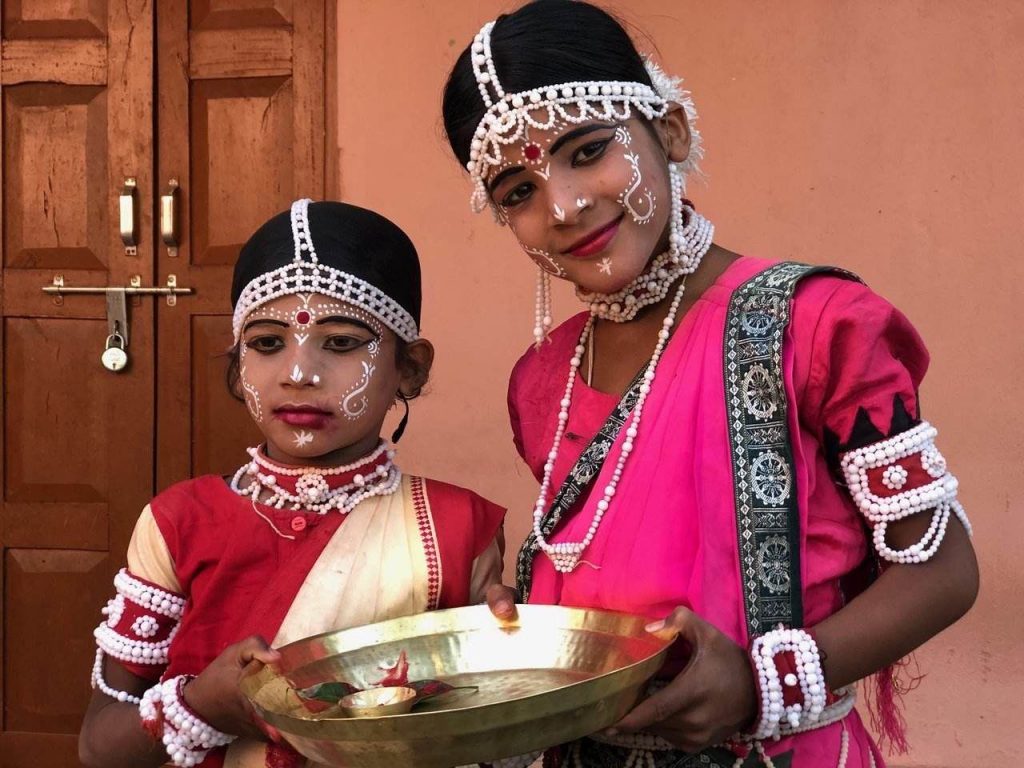
Meeting sand artist, Padma Shri Sudarshan Pattnaik
The heart of Odisha lies in its crafts and sand art is one of them. Meeting Padma Shri Sudarshan Pattanaik was a personal high . When I visited Puri last time, the Sand Art Festival had just got over and I was lucky to see a few of the sand sculptures on the beach. However this time I am grateful to have gotten an opportunity to meet the artist himself.
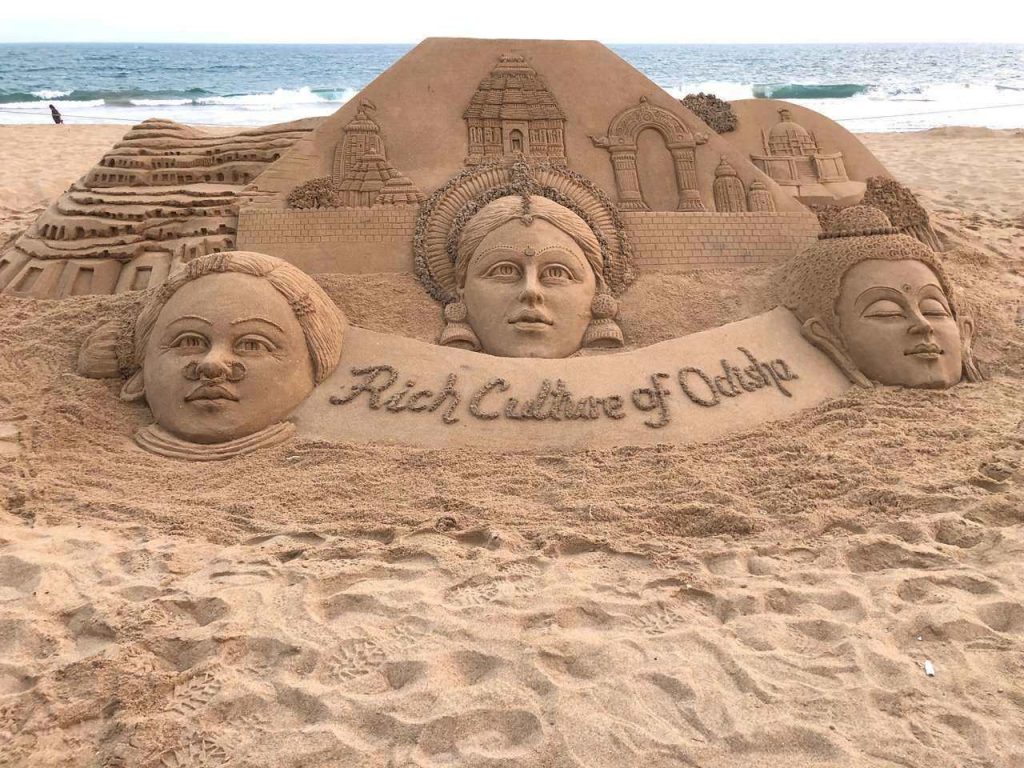
He had even carved a beautiful depiction of the beauty of Odisha for us on the beaches of Puri. When we spoke to him about his life, he said that he owed everything to Lord Jagannath as he used to work near the temple as a young boy.
Colours of Pipli
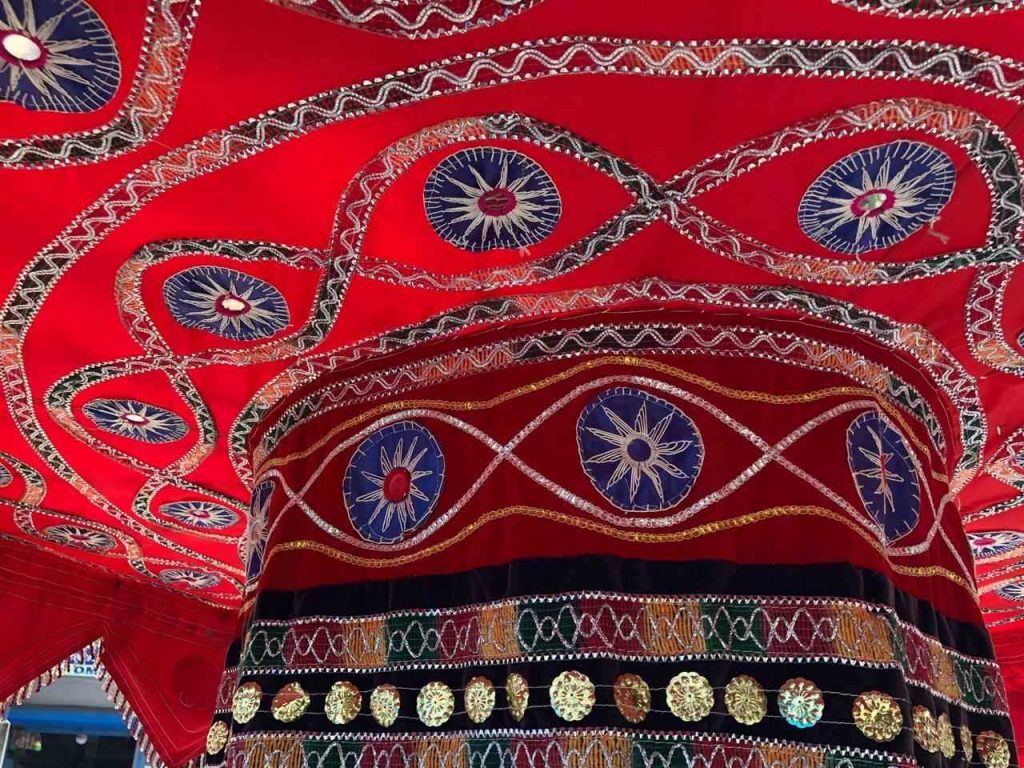
It was a kaleidoscope of colours at Pipli, one of the destinations on the cultural hertage of Odisha, where large radiant umbrellas greeted us as soon as we entered Pipli. The artists referred to as tailors or “Darjis” here are known for their applique work where they stitch colourful pieces of cloth together and create beautiful designs. Wall hangings, lamp shades, garden umbrellas, bags and purses are created with colourful fabrics and pieced together with mirrors and embellished with embroidery. Walking around I saw shops filled with these alluring crafts as some of the girls working in them told me that there were over 100 families who created magic with their fingers. As all arts and crafts of Odisha, the applique work started as a part of the traditions associated with Puri Jagannath Temple.
The Pahala Rasgulla – a Bhog for the gods
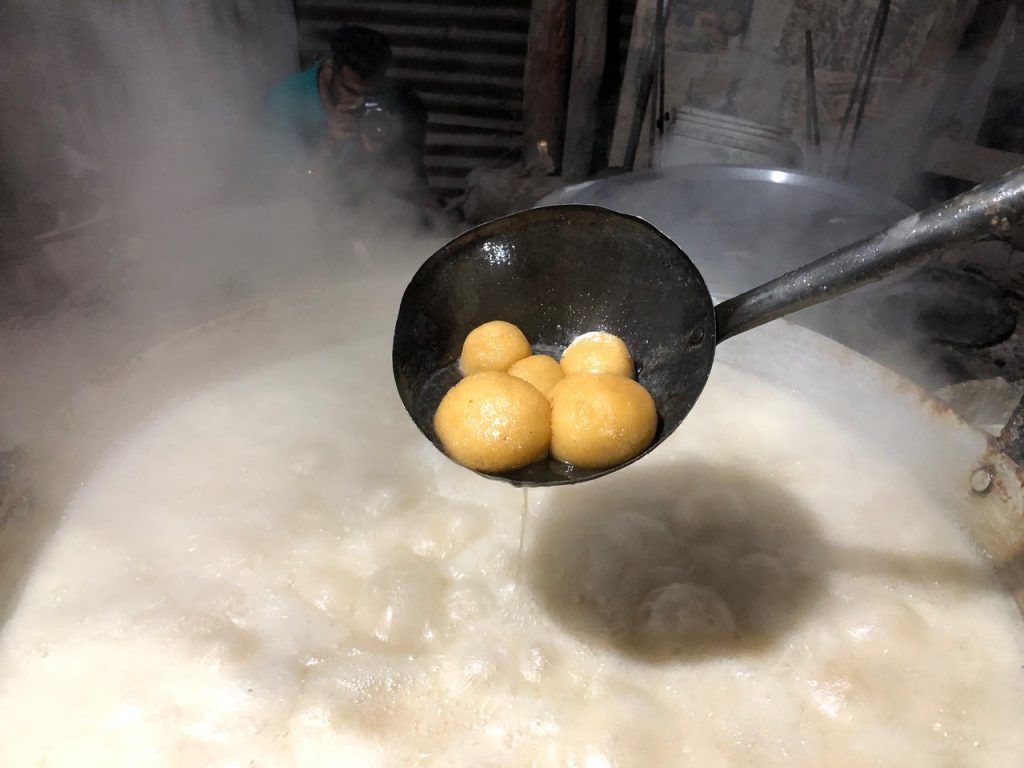
You dont visit Odisha and not try the famous Pahala Rasgulla. Located on the Bhubaneshwar – Cuttack highway ,Pahala is a small village on the outskirts of the capital and is known for the sweet shops that line up the highway and is one of the places to see in Odisha.
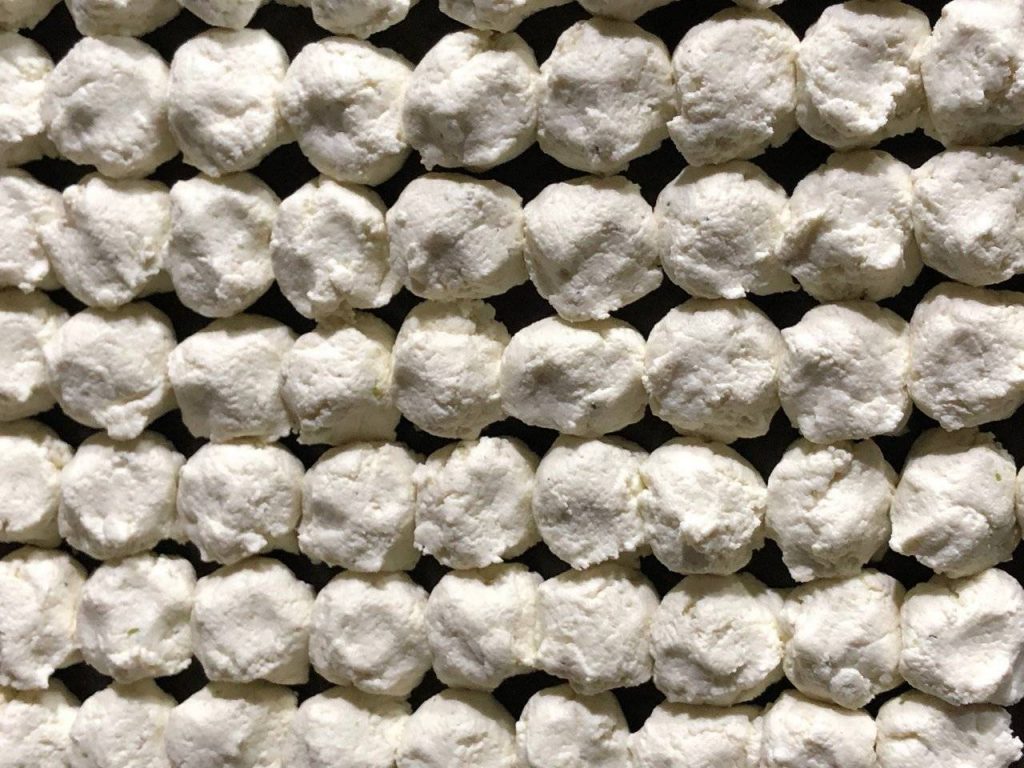
Odisha and West Bengal have been in a tug of war as to who has the original bragging rights for the Rasgulla. Odisha claimed that their version had existed for over 600 years as “kheer mohana” in Puri when it was offered as “Bhog” to the deities in the Jagannath temple. It later on apparently evolved into the “Pahala Rasgulla”, which is creamier than the Bengali white spongy delicacy. The colours were in shades of beige to ochre. According to the legends, a priest from the Jagannath temple saw the villagers from Pahala throwing away the excess milk from their cows. He taught them the recipes of many sweets including the rasgullas. Besides rasgullas, you can also find different sweets made from “chhena” which is similar to panneer called the chhena poda, which is Lord Jagannath’s favourite dish as well.
A date with the sun at Konark
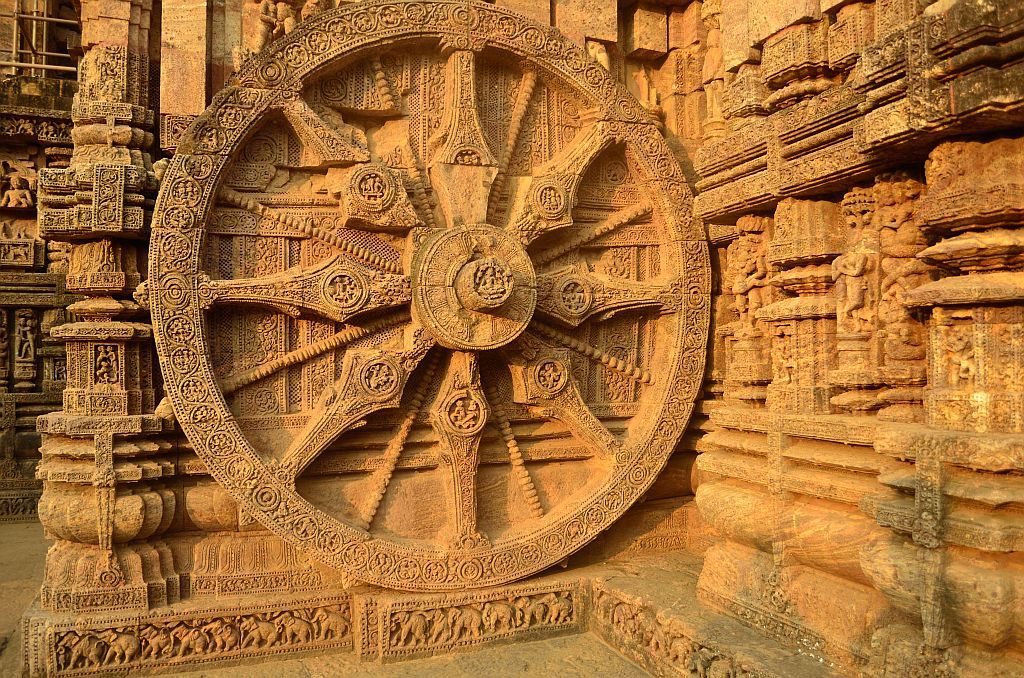
One of the UNESCO World Heritage Sites in Odisha, the magnificent Konark Temple is an ode to time. Dedicated to Surya, the Sun God, the 13th century shrine was designed like a massive chariot but it was the ornately carved twenty four wheels that caught my attention. The Puri Jagannath temple was referred to as the White Pagoda by the Europeans but the Sun Temple at Konark earned the title of Black Pagoda. The temple has several legends associated with it and for me, the Sound and Light Show narrated them beautifully. There is also an interpretation centre here which gives you an insight into some of the architectural aspect of the temple . While there are several erotic sculptures here , I was most curious by the sculpture of the giraffee – which was apparently an indication of the trade between Odisha and parts of Africa.
Temples of Bhubaneshwar
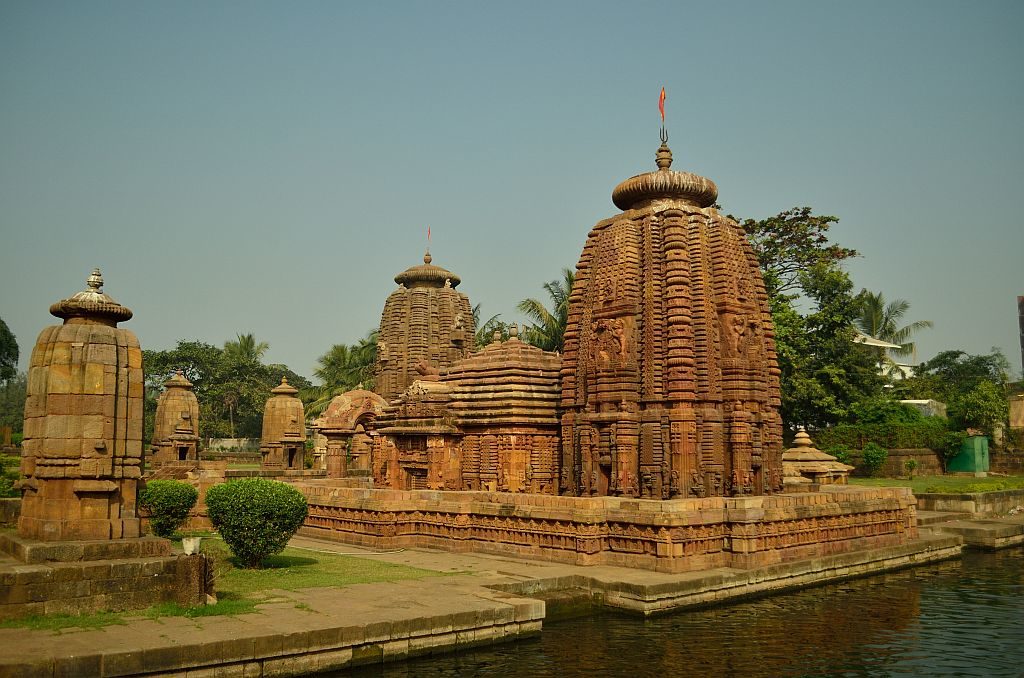
One of the prettiest temples in Bhubaneshwar
Think Odisha and you think of the Jagannath Temple in Puri and the Sun Temple at Konark, but the old town of Bhubaneshwar has several old temples which are all architectural marvels. The city takes its name from Tribhuneshwar, a form of Shiva and most of the old temples of Bhubaneshwar are dedicated to him. The 1000 year old Lingaraja temple dedicated to Harihara is at the centre of the town. The largest temple in the city, the architecture is typical of the Kalinga style with a curvelinear tower. My personal favourites are the Mukteshwar temple, the Raja Rani or the Indreshwar temple and the Brahmeshwara temple.
An introduction to Odisha’s 62 tribes at The Tribal Museum
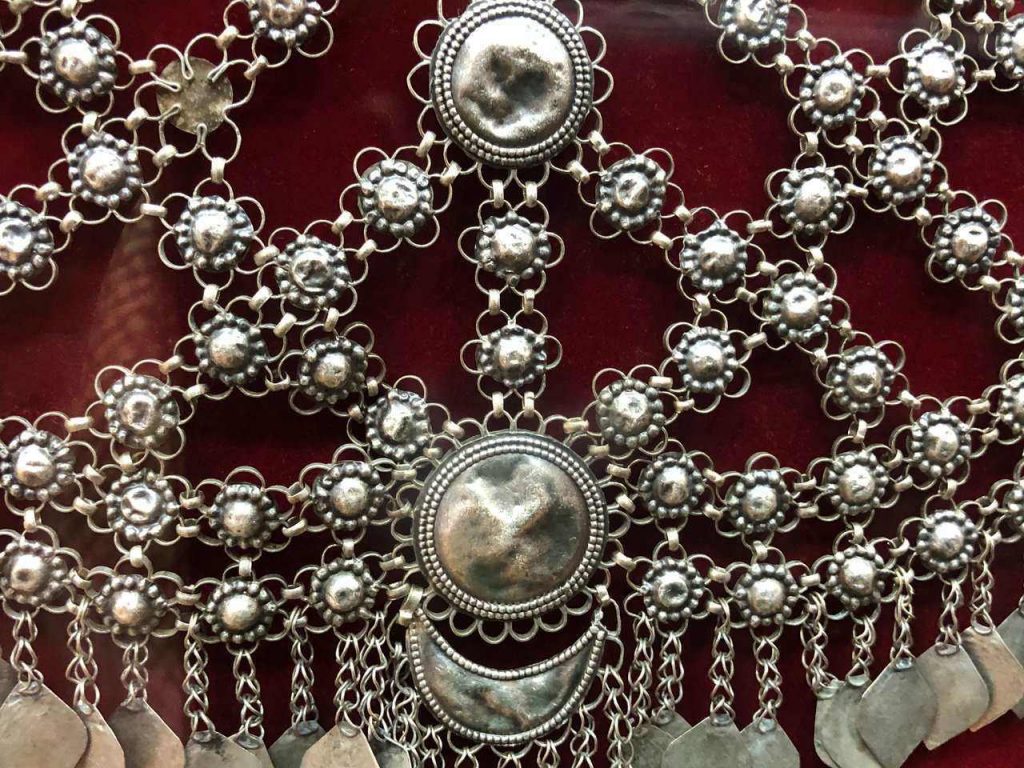
Odisha’s indigenous communities are a story by themselves but we had a brief glimpse of their traditions and culture in The Tribal Museum in Bhubaneshwar. The cultural heritage of Odisha actually evolved from their traditions. From jewellery to paintings, there are five galleries here, which showcase their personal belongings, their hunting weapons, their fishing techniques, their agricultural tools among others. I was fascinated by a beautiful anklet with spikes worn by women which also doubled as a defense mechanism to protect them from any attack.
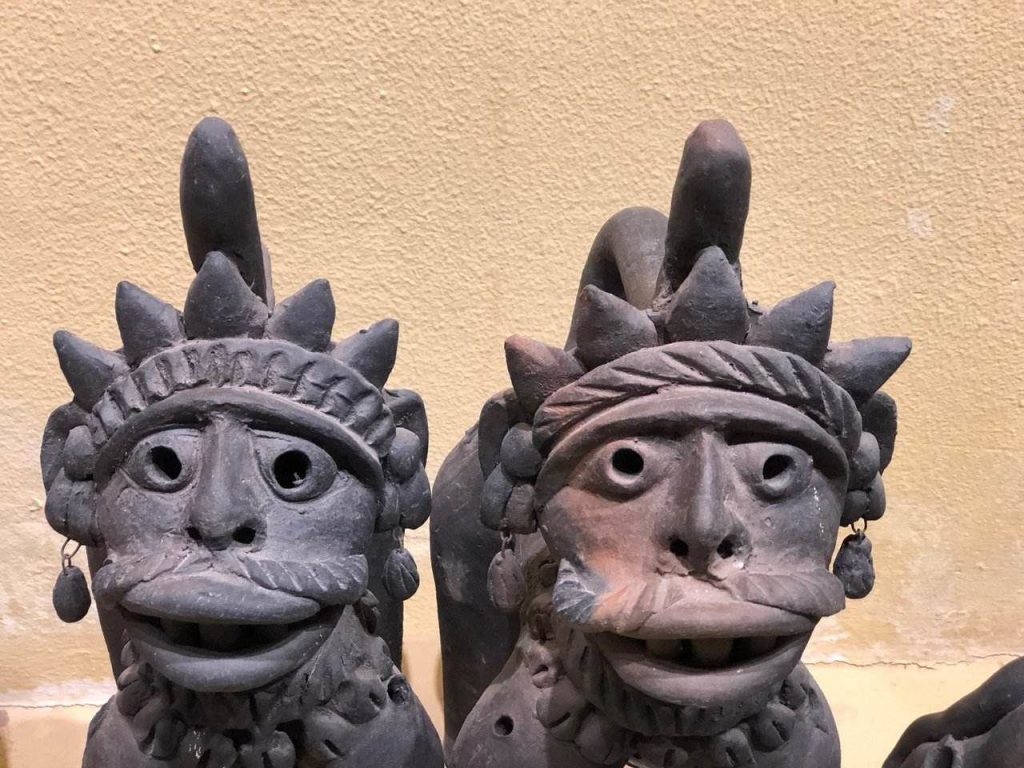
Arts and crafts, music and dance find expression here as well. Besides the Tribal Museum, we also stopped at Kala Bhoomi which showcases the folk and traditional crafts of the artisans of Odisha. This was one of my favourite experiences on the Times Passion Trails as it represented the very cultural ethos of Odisha. And while these museums were just a tiny peep into the lifestyle of the different indigenous communities, I would one day like to meet them and delve deep into their traditions.
The Sound and Light Show at Dhauli
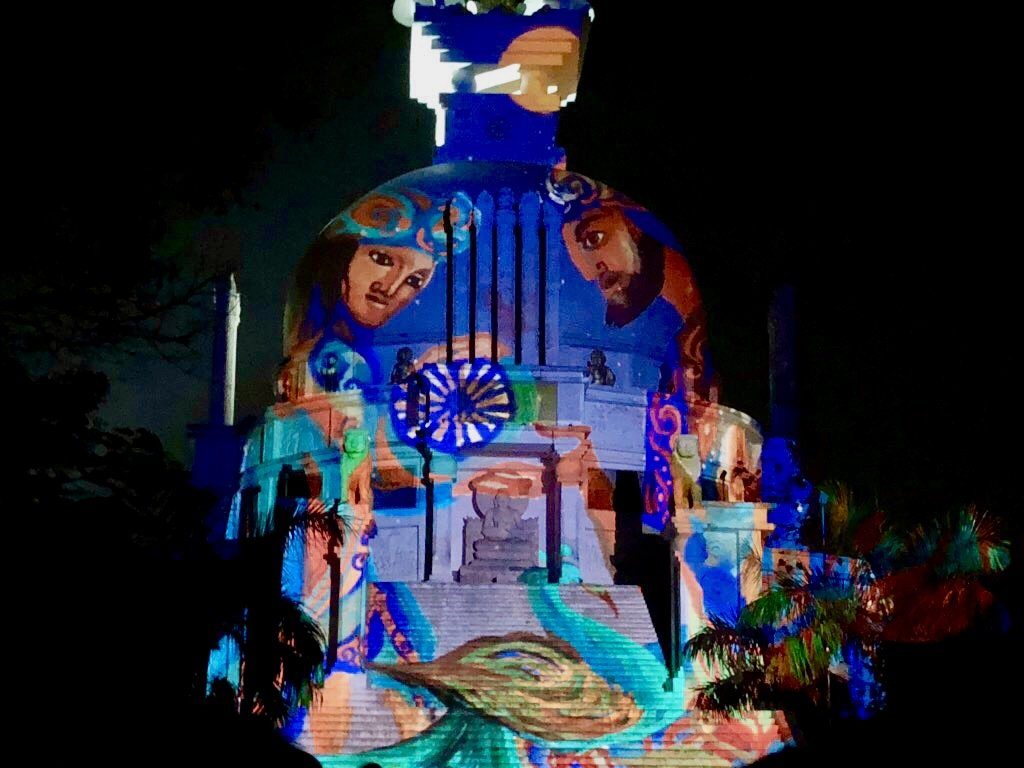
The story of Samrat Ashoka, his bitter and bloody battle with Kalinga may have been etched in history but the hills of Dhauli surrounded by the River Daya were witness to the bloodbath and atop them, stood the serene Vishwa Shanti Stupa with a glittering dome, which was built by the Japanese. As we sat in the open on a starry night, the story was narrated to us as we watched a beautifully choreographed Sound and Light show. Dhauli is also famous for Ashoka’s edicts which were imprinted on rock faces here, especially on one of them which was carved like an elephant. This is believed to be the earliest rock cut architecture in India. There were also two edicts here which referred to the Kalinga War.
The Diamond Triangle – Ratnagiri, Udayagiri and Lalitgiri
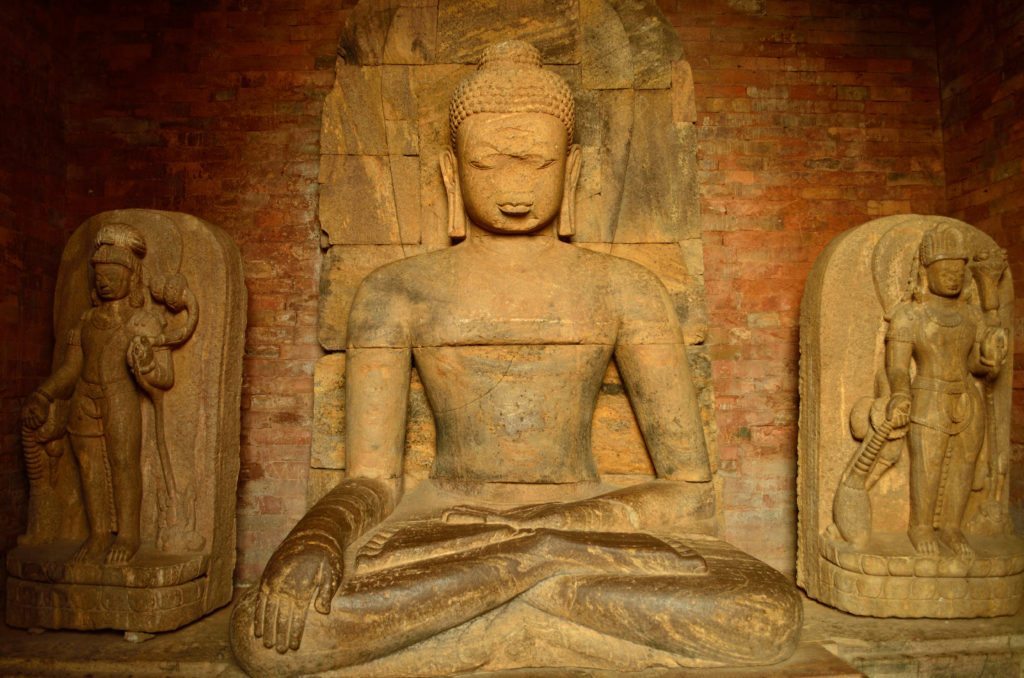
In Ratnagiri monastery
With Ashoka’s patronage of Buddhism, Odisha slowly became one of the main centres of Buddhism in ancient and medieval times. Recent excavations have shown that three sites popularly known as the Buddhist triangle of Odisha – Ratnagiri, Lalitgiri and Udayagiri were once home to several ancient stupas and monasteries and monks used to live and study here as well. Lalitgiri even had a relic of Buddha in one of the stupas, which you can see in the museum. However what really fascinated me were the insights shared by Preethi Karwa who was one of the participants on the tour and is a post graduate in Ancient Indian Culture , History and Archaeology. She told us that Guru Padmasambhava , the founder of the Vajrayana sect of Buddhism, popular in Tibet and Ladakh would have probably been from here. As their sect of Buddhism takes the form of a diamond, these three sites are known as the Diamond Triangle. Personally for me, this was one of the key highlights of the Times Passion Trails and it truly represents the cultural heritage of Odisha.
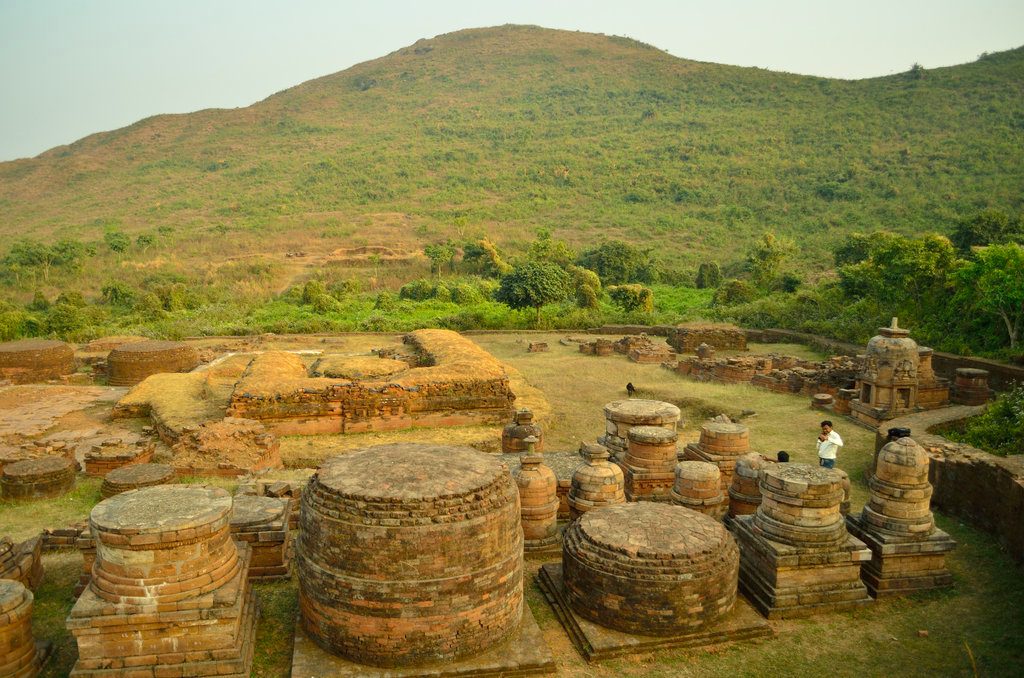
Excavations in Udayagiri
The Jain Heritage
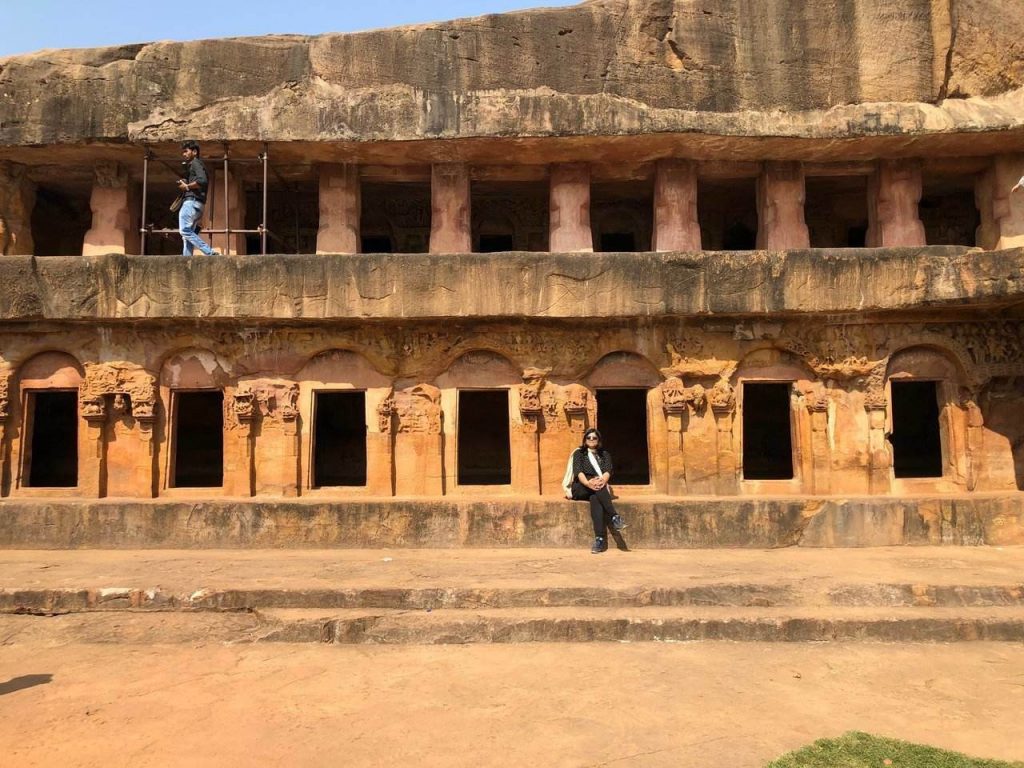
While Buddhism and Odisha have become rather synonymous because of Ashoka and Kalinga, very little is known of the Jain heritage in Odisha. However there are rock cut caves in Udayagiri and Khandagiri on the outskirts of Bhubaneshwar, which have inscriptions that date back to even 1st -2nd century .One of them is referred to as the Hathigumpha inscription which speaks of King Kharavela who was a patron of Jainism. The caves were probably rock shelters for Jaina monks for lived here at one time. Every sculpture here tells a story and sometimes we just need to sit there and listen to them.
Being inspired by Padma Shri Sudarshan Sahoo
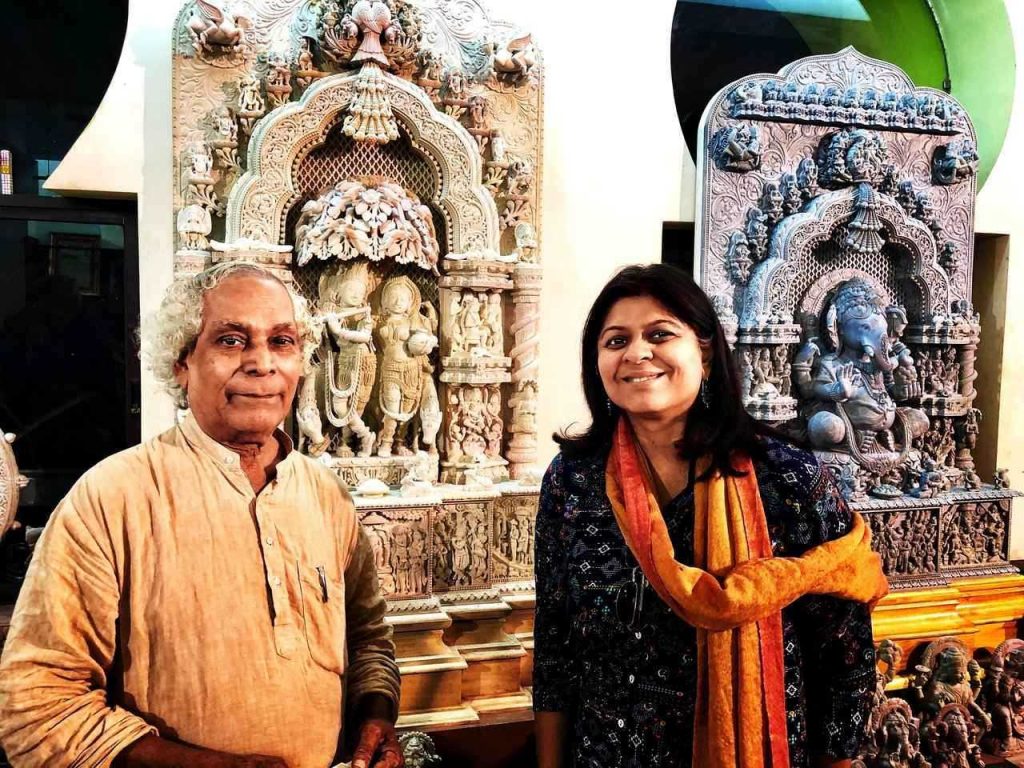
It was almost late evening when we walked into the gallery of sculptures chiselled by Padma Shri, Sudarshan Sahoo, a doyen among sculptors who has created the Sudarshan Crafts Museum. Even at the late hour, the sculptors were chipping away at statues of deities in the open. Inside the gallery, every sculpture seemed to be breathing life. He told us that it was a meditative process as he closed his eyes and said a little prayer before starting his work. It was humbling to listen to him speak about his work with so much passion and I am grateful to the team at Times Passion Trails and specifically to Navina Jafa, our Experience Architect who was keen that we interact with all the craftsmen .
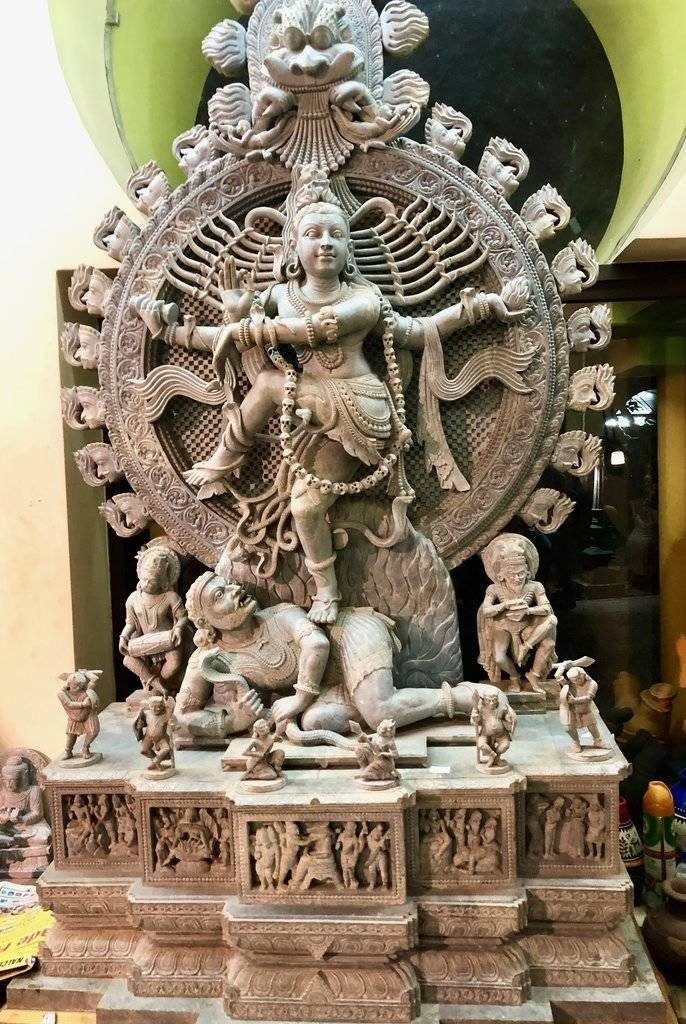
Watching a slice of Ramayana with shadow puppets
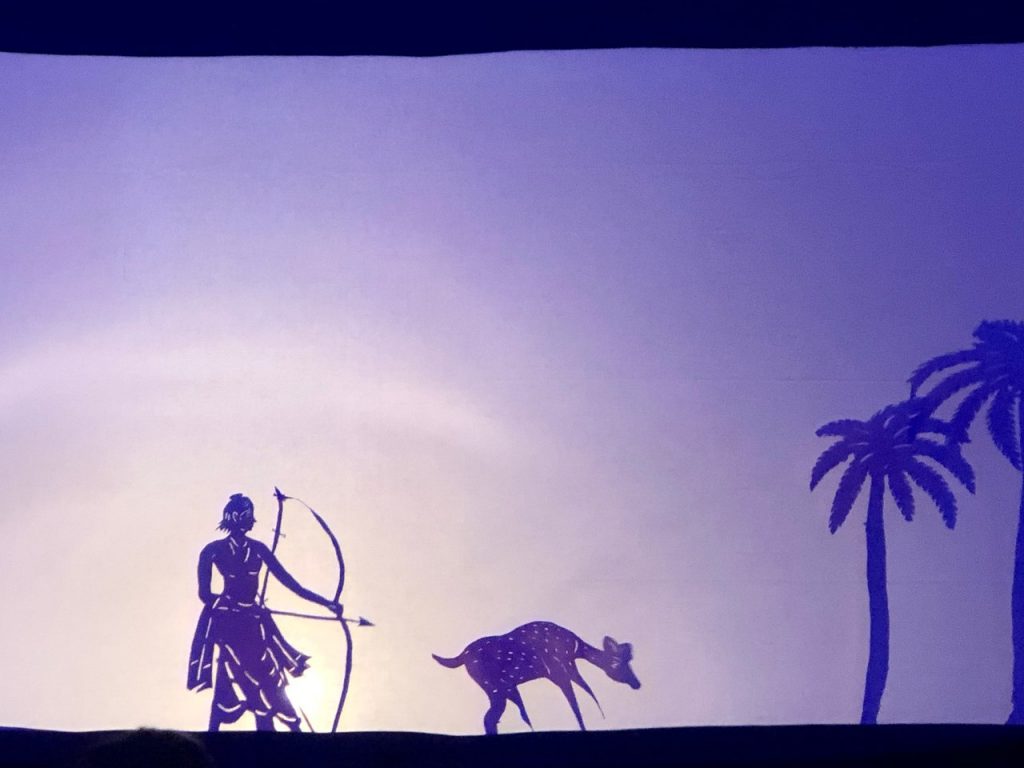
It was a surprise awaiting all of us at the Maritime Museum in Cuttack. As we explored the maritime history of Odisha, we were ushered into a small room. And in a few moments, we were treated to one of the spectacular craft of story telling. A snippet of the Ramayan called Ravana Chhaya is narrated by shadow puppets accompanied by music . The master craftsman is Gouranga Charan Dash and his team who have been working hard to keep the craft of shadow puppetry alive. The Srirama Institute of Shadow Theatre is one of the few groups who are trying to revive and promote the art. Crafts and craftsmen define the very cultural heritage of Odisha and this was a memorable experience.
Street photography and silver filigree
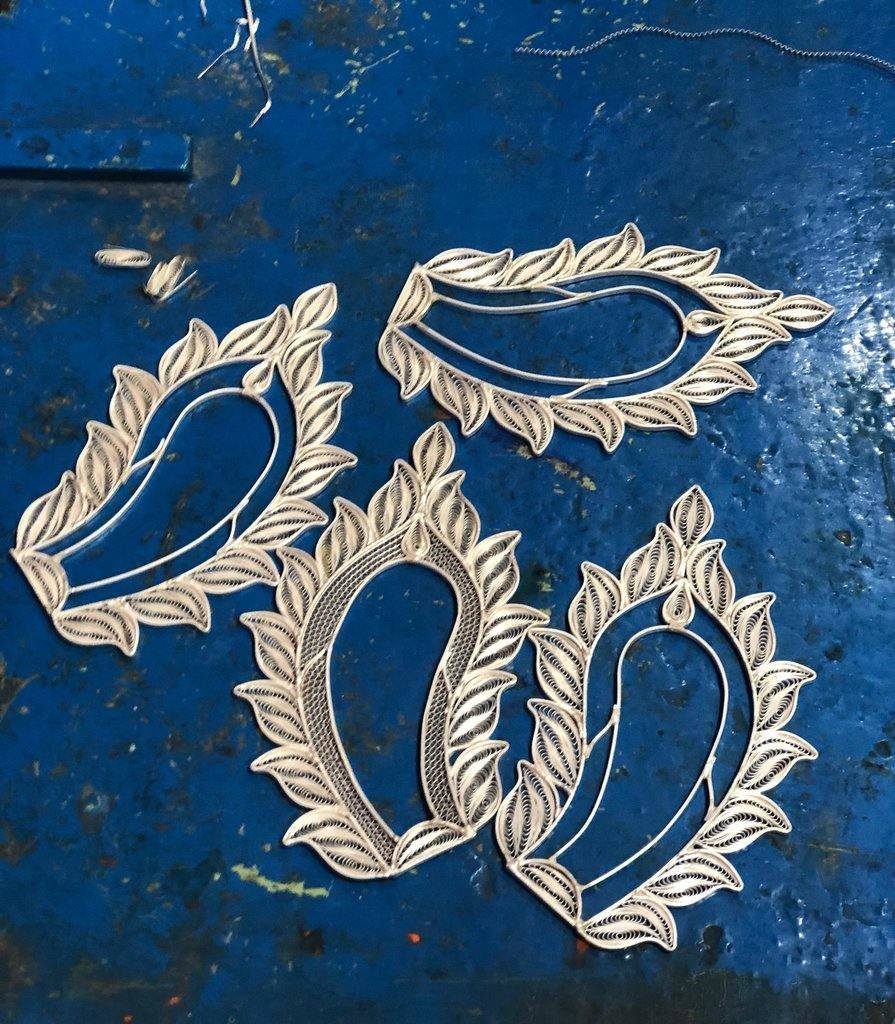
There is nothing like an impromptu heritage walk and getting lost in lanes and by-lanes. While we were in Cuttack, we went looking for some artisans who were adept in silver and gold filigree work. And while we did visit some of the workshops, the highlight for me was walking around the lanes and admiring the architecture. The narrow lanes were picturesque in their own way, but personally the people made it all the more special .
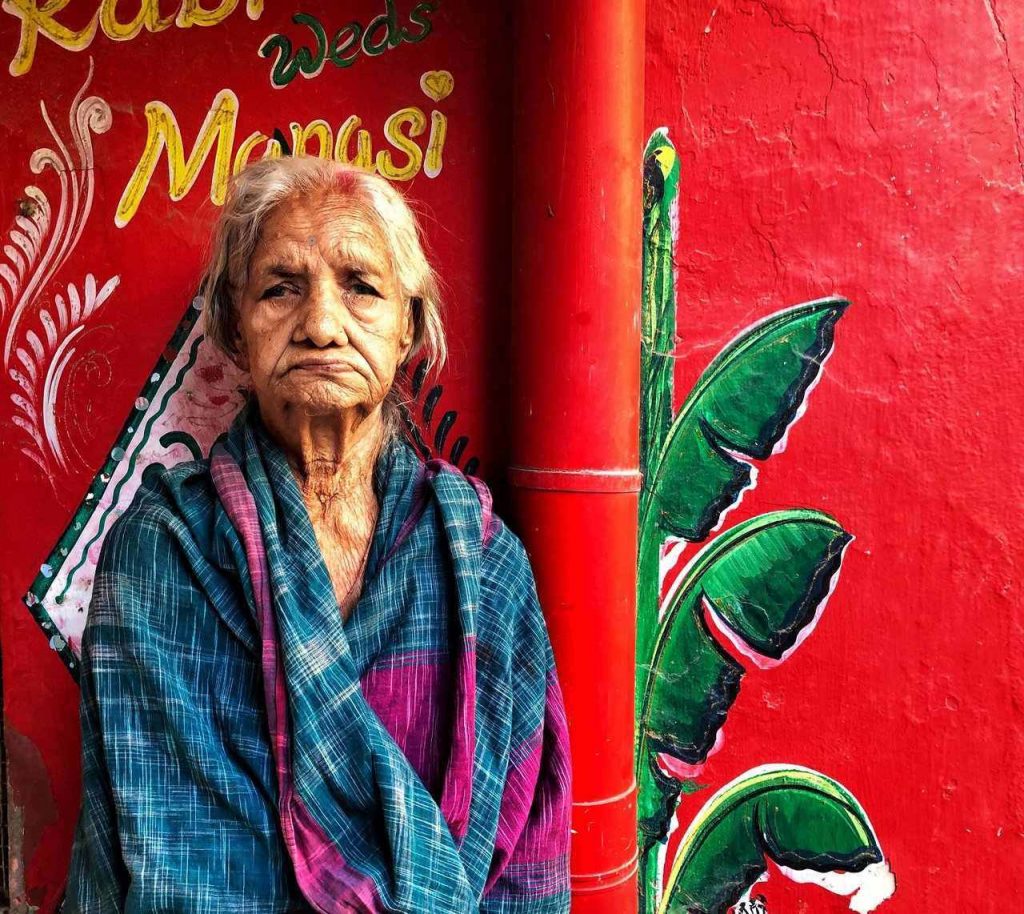
Subash Chandra Bose’s birth place
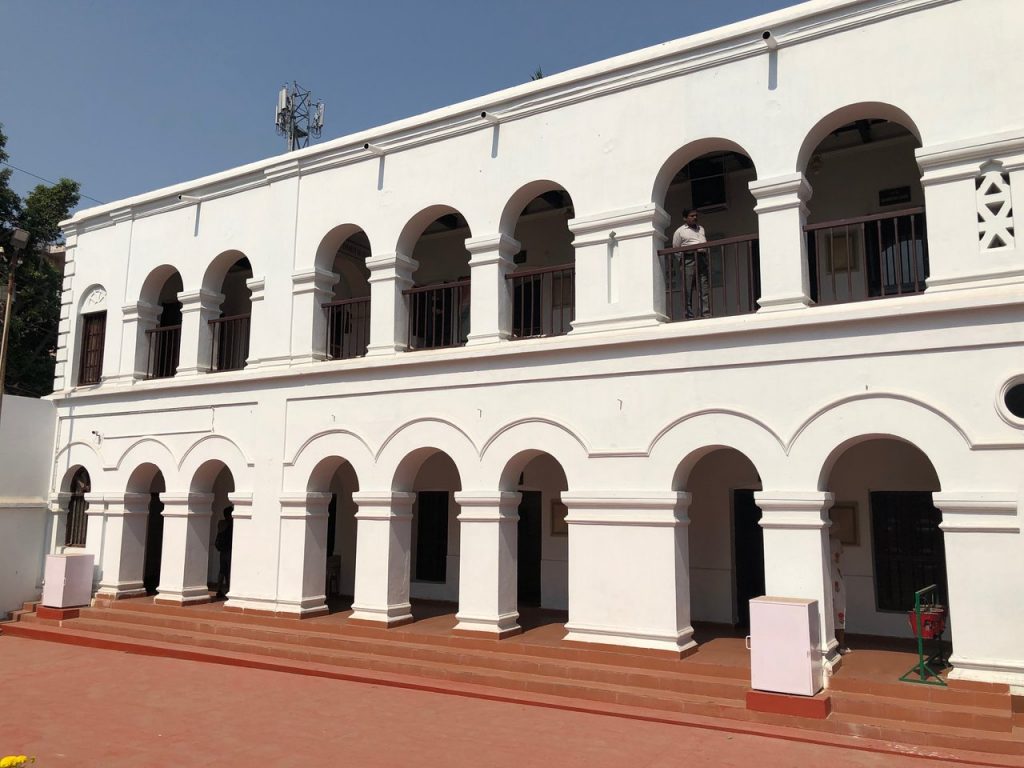
This was one of the many surprises that were in store for us. For many years I had always assumed that Subash Chandra Bose was synonymous with West Bengal but I was fascinated to know that he was actually born in Odisha. His ancestral house in Cuttack is now a museum called Janakinath Bhawan , a serene edifice in white surrounded by a colourful garden. As we climbed the narrow wooden steps and peeped into his room, I was feeling humbled by the sacrifice that he had made and wondered about the many mysteries that shrouded his death. A wave of gratitude overwhelmed me as I walked away in silence.
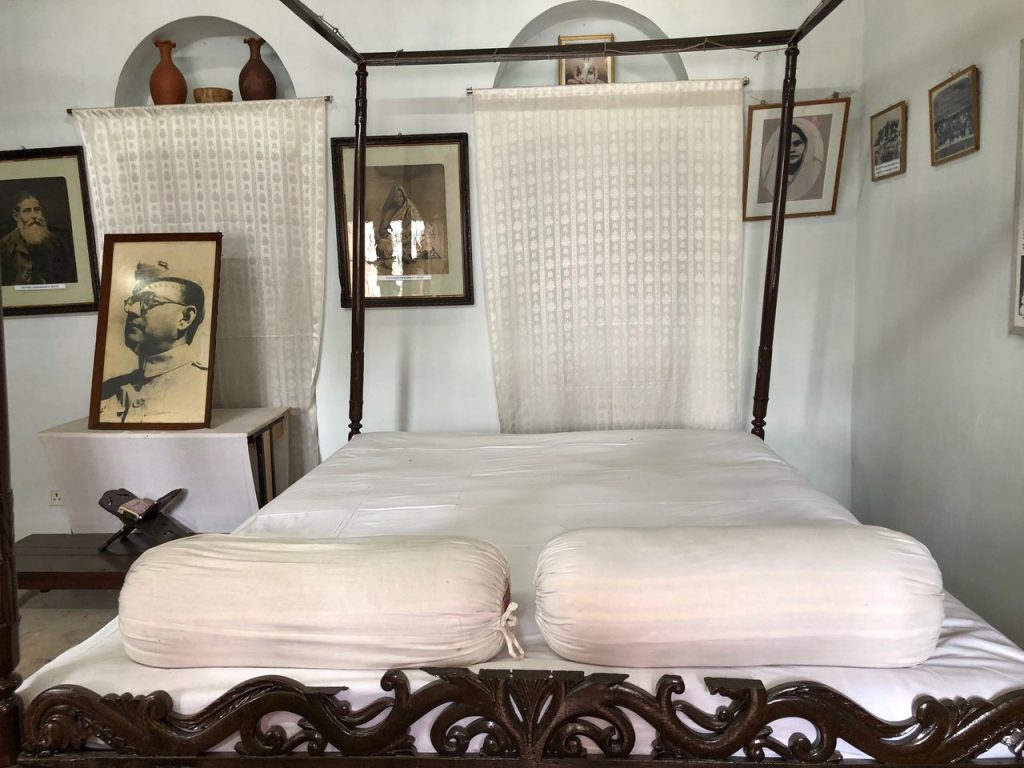
The one week in Odisha culminated in so many wonderful experiences where we were overwhelmed with stories and snippets from history. The trails were very well organised and were at an easy pace, giving us enough time to soak in the atmosphere and lose ourselves in the cultural odyssey. Personally it left me wanting more as I wanted to explore the wild and natural heritage of Odisha, visit the national parks and say hello to the birds at Mangalajodi at Chilika Lake. But there is always the next time. I leave you with two beautiful paintings of Odisha, created by artist Kirthi Shetty, one of the participants in the trail. I loved her perspective of Odisha as she has painted with such delicate and yet bold strokes . I am no expert of art but these evocative paintings appealed to me .
